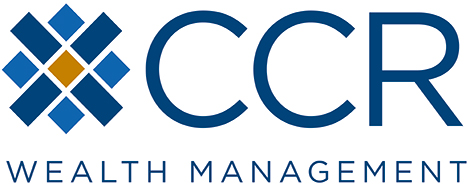6 Smart Strategies to Boost Your Retirement Savings
The journey to and throughout retirement requires planning and strategy. Here are six powerful tax and investment strategies you can leverage to help you save and pursue your goals for retirement.
1. Consider a Roth IRA
A Roth IRA is an individual retirement plan funded with after-tax dollars. Once funds are in the Roth IRA, they grow tax-free, and withdrawals after the age of 59½ are tax-free.
Roth IRAs are generally preferred when you think your tax bracket will be higher in retirement than it is now. A Roth IRA can also be used as an estate planning tool because your beneficiaries can inherit the Roth IRA tax-free, and RMDs (required minimum distributions) are not required during your lifetime.
2. Explore Roth Conversion
Roth conversions involve transferring assets from a traditional IRA (including SEP or SIMPLE IRAs) to a Roth IRA. The primary benefit is the shift from taxable IRA income to tax-free Roth income. This allows for tax-free growth potential in the Roth IRA.
A Roth conversion cannot be undone or “recharacterized.” You’ll need to understand the tax implications. There is a five-year waiting period if you are under 59½ before you can use the funds without owing the 10% additional tax. If you need these funds in the short term, it may be better not to convert them.
3. Make Catch-up Contributions
Catch-up contributions allow individuals aged 50 and over to contribute more money than the standard annual contribution limit. This is helpful for those who may have started saving for retirement later in life or those who want to ramp up their savings as they approach retirement age.
4. Take Advantage of the Saver's Credit
The "Saver’s Credit" or “Retirement Savings Contribution Credit” offers a nonrefundable tax benefit for individuals with low to moderate incomes who contribute to retirement accounts. The saver’s credit directly reduces your tax bill dollar for dollar, up to a maximum determined by your income level. You might be eligible if you contribute to an eligible retirement plan and fall under the maximum adjusted gross income cap.
5. Avoid Early Withdrawal Penalties
An early withdrawal (before the age of 59½ ) can trigger hefty penalties and could be a taxable event. Build up an emergency fund to cover those unexpected expenses that might otherwise tempt you to dip into your retirement savings.
However, in some workplace retirement plans, participants may be eligible for hardship distributions under certain circumstances. Withdrawing funds from an IRA before reaching the age of 59½, however, may result in the distribution being included in your gross income, and it could incur an additional 10% tax penalty.
6. Understand Required Minimum Distributions
A required minimum distribution (RMD) is a minimum amount you must withdraw from your retirement account(s) to satisfy federal tax rules. This requirement starts once you reach your required beginning date (typically 72).
RMDs are subject to income taxes, and the amount can vary from year to year. It’s key to know your RMD start date and calculations, as this will help you project income, tax implications, and the longevity of your funds.
Mapping Out Your Journey
When appropriate, these six strategies can serve as key drivers in a comprehensive retirement plan. Let’s explore these strategies and map out a retirement journey that gets you where you want to go.
Follow us on social media for more timely content delivered directly to your news feed!
